Q&A with the Winners: Jésica Giudice
In this Q&A, Jésica Giudice talks about her team’s solution — Semilleros de Redes Comunitarias para Aplicantes al Programa Roberto Arias — which won the 1st Place, Community Enablement Proof of Concept prize in the 2022 Connecting the Unconnected Challenge.
1.Please summarize your winning solution
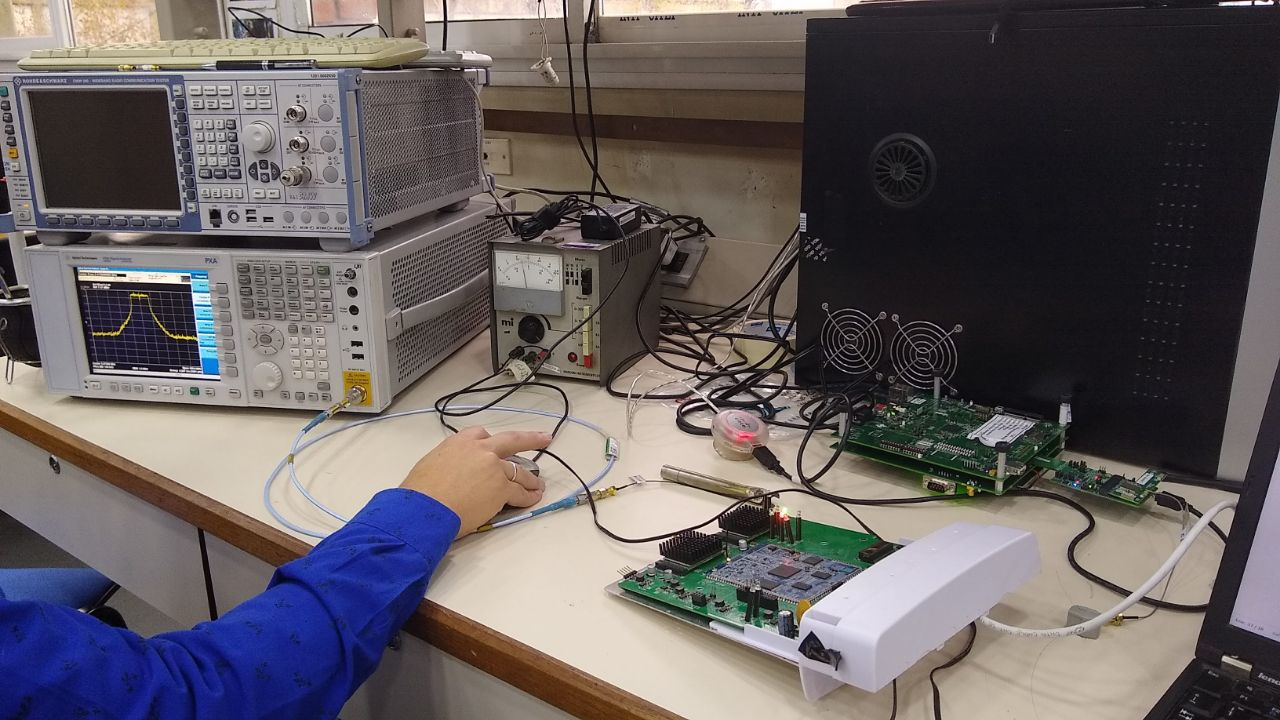
The Community Network Seedbeds (CNs) are collective learning experiences with special participation of groups with presence in the territory, of “living forces.” They cover theoretical, socio-political, technical, and practical contents. The basis of learning in each Internet NC project and its infrastructure deployment by the people who will inhabit each project.
AlterMundi has been transforming the way of accompanying these processes by nurturing collective knowledge. Three years ago, we worked with several communities simultaneously with a previous articulation or closeness between them. This enhances their sharing and resilience. At the beginning of the pandemic, thanks to the seedbed, 11 new community networks were born in one semester; now we are going for 15 more in 7 provinces of the country!
This 2022, the seedbed added an axis on the first exclusive funding for community networks in the world, granted by ENACOM.gob.ar through the Roberto Arias Program (PRA).
The work axis of this ongoing seedbed are:
• Training a group of people from each NC project.
• Deployment of its initial network -4 nodes-, including materials, tools, and equipment.
• Accompaniment in the presentation of the expansion project to the PRA.
Some outstanding aspects of this training device are:
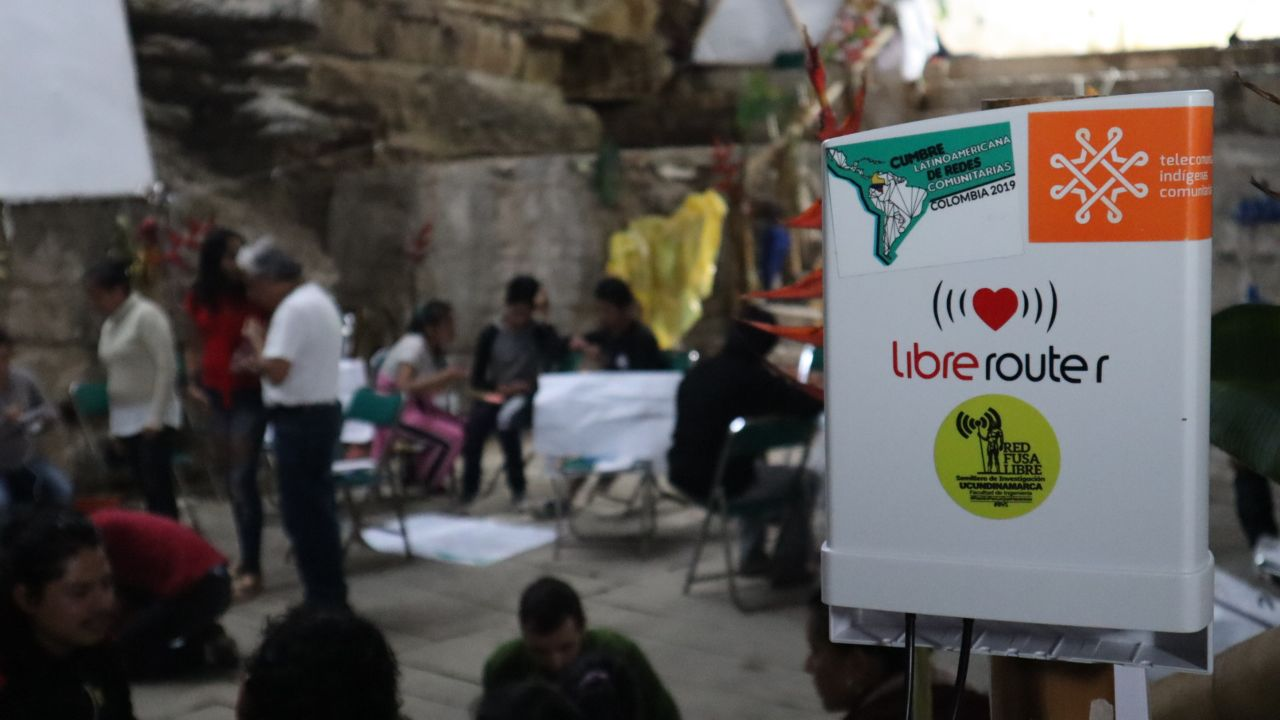
• Transversal feminist perspective, focus on the inclusion of women and the family.
• Pedagogy inspired by popular education, learning by doing, sharing, and teaching, consistent with the previous processes of each network. In other words, AlterMundi and the communities learn and teach at the same time, each one based on their own experience.
• Applied open hardware technology -LibreRouter- and free software – LibreRouterOS firmware and LimeApp diagnostic app. There are no equivalent plugs & play devices in the market, besides being built from and for community networks.
• Training material and tutorials with CC-BY-SA license in Spanish, English and Portuguese with focus on the global south.
• Articulation with grassroots, rural and indigenous organizations.
2.What is the most unique/innovative aspect about your approach?
The Semillero has two characteristics of which we know of no precedents:
• The training is integrative, based on the construction of real networks; the communities decide the design of their network and own the infrastructure deployed.
• The application for state funding is done by doing: each organization applies for its VARC license, writes its project, and applies it to the PRA with accompaniment during the training.
In other words, the Semillero-2022 ends with 15 new CNs and projects submitted to finance its next stage (ARS10.000.000/uARS10.000.000/us72.000).
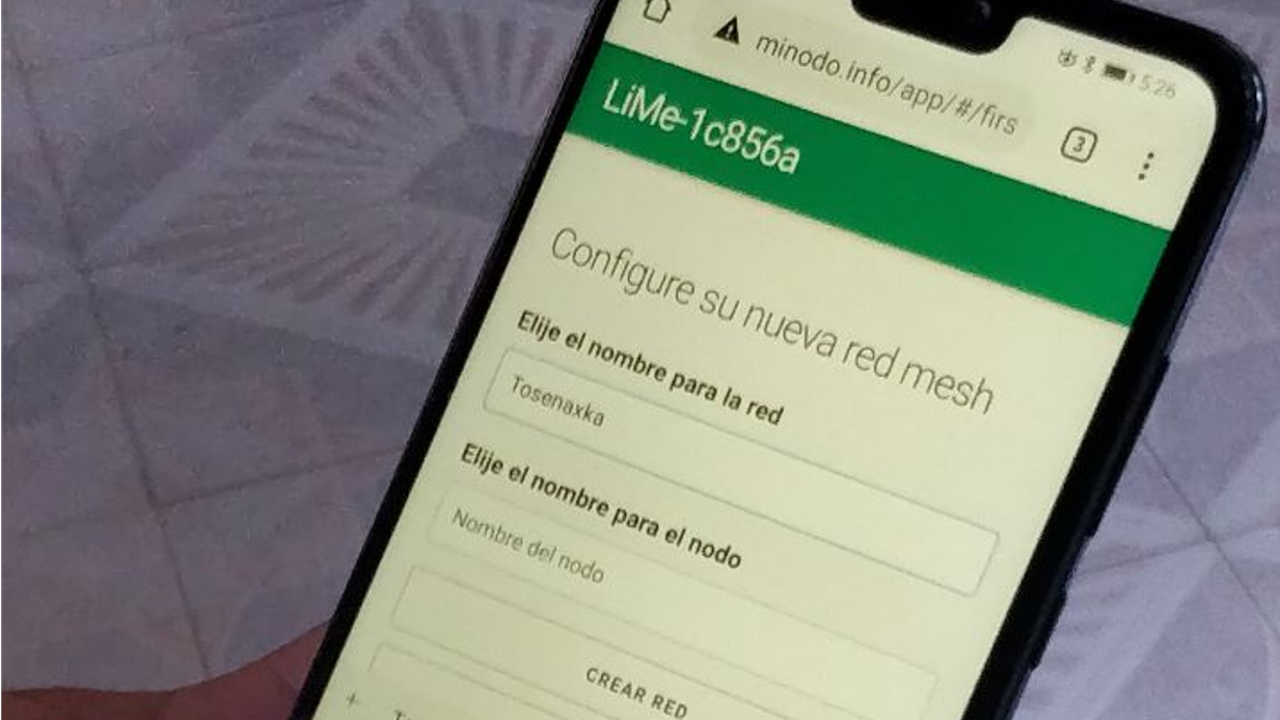
From our advocacy work in the field of telecommunications, we managed to get the State to adopt the CNs model as a solution to reduce the hard connectivity gap in rural, indigenous and precarious areas. We drafted the basis for what later became:
• the VARC License
• the RAP (Roberto Arias Program)
• The declaration of public interest to Community Networks (Chamber of Deputies) [1].
Each case is unique in the world. A free license for the provision of ICT services, a financing program with requirements adapted to the target population and a declaration of national interest that reinforces our bases for action, all exclusively attributed to CNs.
Finally, from the technological axis, we developed:
• The LibreRouter router.
• The LibreMesh/LibreRouterOS firmware and the LimeApp app.
Designed from and for collectively managed mesh networks, with gender inclusive language, with interface and tutorials for people with no or low technical knowledge.
[1] https://nube.altermundi.net/s/s2DjZEkp5KF8i8c
3. What did you enjoy most about the CTU Competition and Summit Program?
Getting closer to the IEEE is a source of pride and an opportunity for us, also that you have valued our contribution to telecommunications so positively.
We appreciate that IEEE seeks not only projects with a profitable business model but also with a social and community perspective like ours.
Additionally, when responding to applications from different organizations, we observe and analyze ourselves from other perspectives. This diversity of looks nourishes our proprioception.
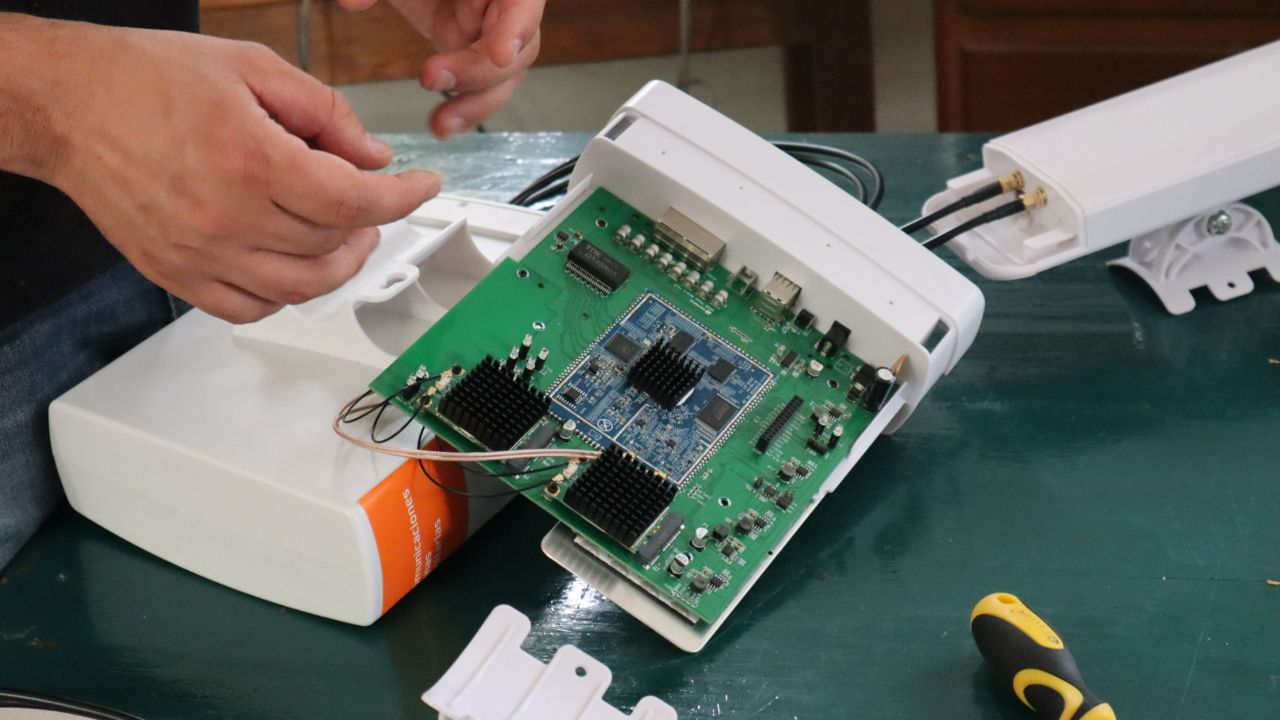
Zoom meetings allowed us to expand our proposal and a feeling of closeness with you. In the same sense, the conference for the presentation of winners allowed us to learn about other proposals, organizations and spaces that work around the world developing innovative ideas for integral transformation.
4. What are your projects plans for the next 12-18 months?
Our immediate plans are to systematize the results of the Semillero 2022 and the new materials resulting from the work carried out. Simultaneously, continue seeking financing for the next edition, with the adaptations and additions that this year’s reality requires.
Regarding the LibreRouter, we are working on the next version of the board, so we expect to have the prototype in approximately half a year. And regarding software development, we are deepening the added value of online communities. Combining sovereign communication with systematization of production of the popular economy, for example, incubators and indoor growing system.
5. What is your estimate of the number of people impacted by your program?
The Semillero and the resulting CNs have a high degree of efficiency and growth potential due to:
• Each seedbed provides training to more than 10 networks. The impact generated in the territory is such that neighboring communities want to carry out the same process.
• It guarantees materials and support for the birth of 4-node networks. Then, once the PRA funding has been granted, each network can apply for up to ARS 10.000.000/US 72.000 for the next stage.
All material is available on our website under CC license, so it can be used by other trainers and for self-taught community training.
Our SW and HW developments have the scalability of all open source/open design.
The seedbeds alone place more than 40 LibreRouters per edition and each application to the PRA adds a LibreRouter for each interconnection point. Upgrading the design to LibreRouter2 will keep our equipment as the ideal for this type of networks.
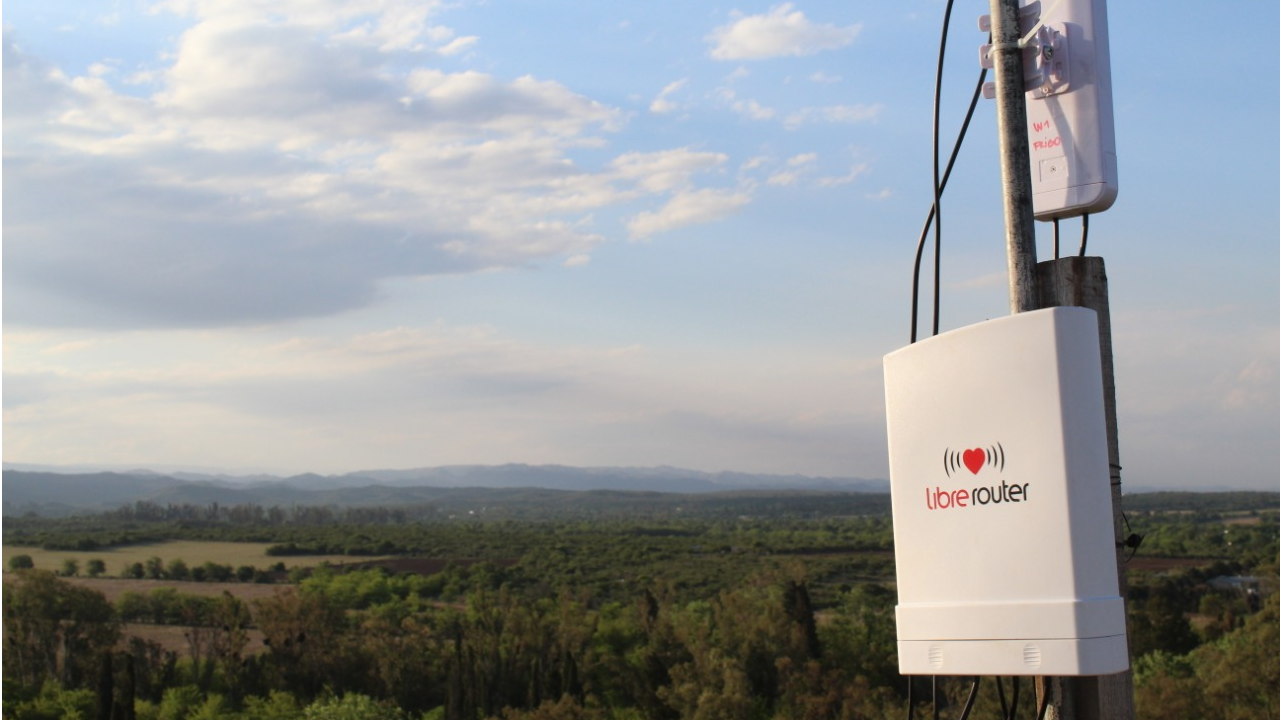
We also think about scalability in terms of political-regulatory advocacy. We seek to promote the adoption of similar public policies in other states, beyond what has already been achieved:
- Kenya created its license for community networks, although it is a paid and more restrictive license.
- We achieved the homologation of LibreRouter in several countries and we continue working for more.
- Advice and articulation to organizations like AlterMundi in the world, mainly in the American continent, for their advocacy actions on the matter.
6. Anything else you would like to share
More information:
* Website of AlterMundi(es,en,pt): https://docs.AlterMundi.net
* About LibreRouter(en): https://librerouter.org/
* About CNs Seedbed 2022(es): https://altermundi.net/altermundi/formacion-y-acompanamiento/semillero-de-redes-comunitarias-postulantes-al-roberto-arias/
* About Roberto Arias Program(es): https://altermundi.net/2021/06/17/programa-roberto-arias/


